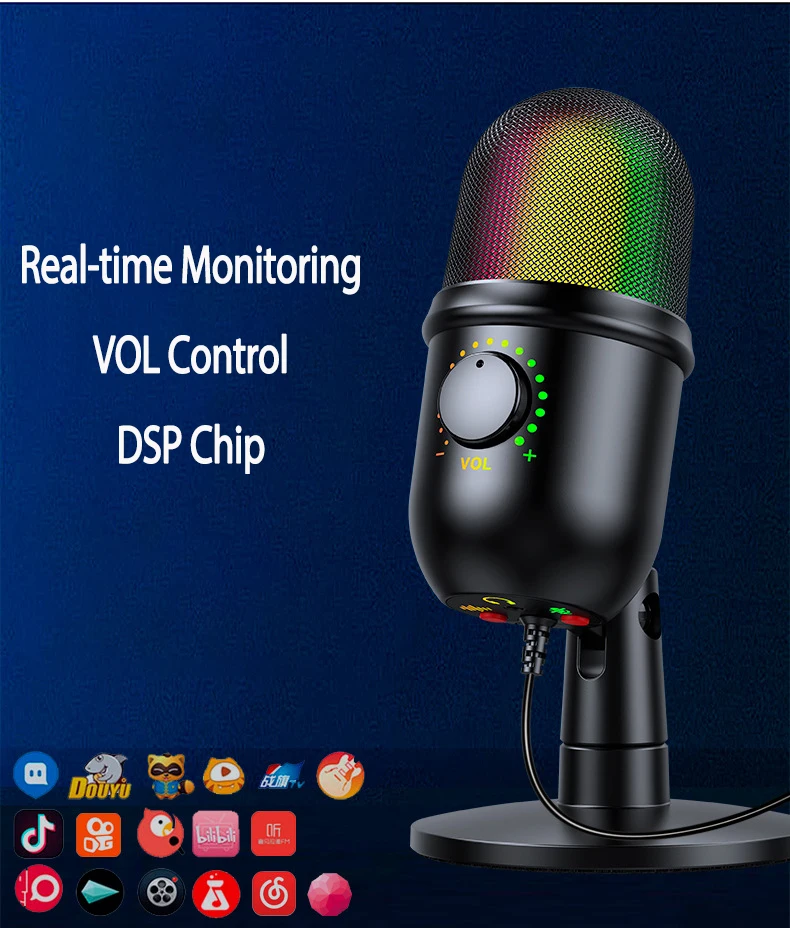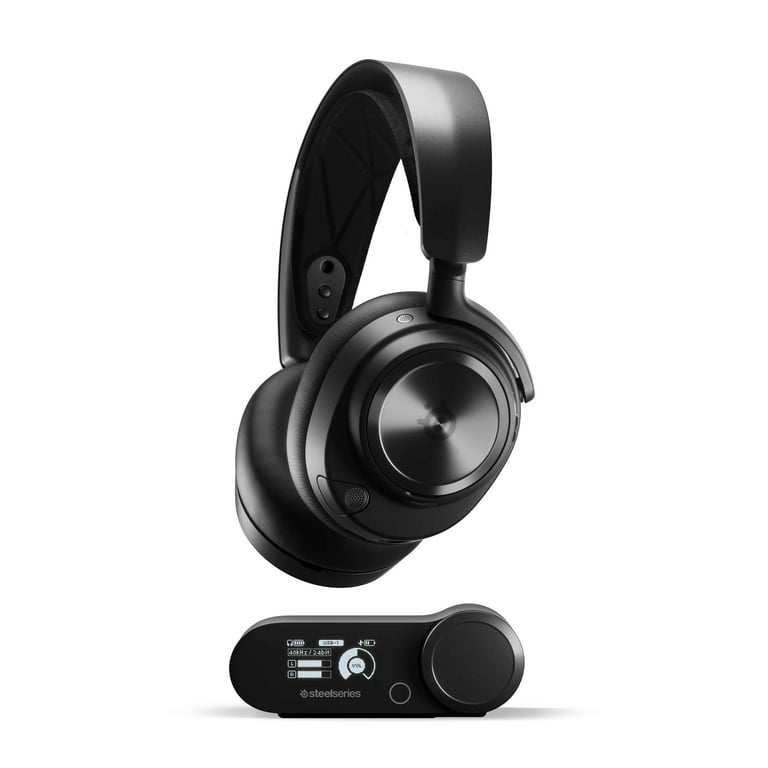⚡️ Quick Verdict - BLUE Yeti USB Microphone (2009)
- Best For: Podcasting, streaming, voiceovers, and general desktop recording.
- Strengths: Versatile multi-pattern recording, clear sound capture for its class, robust build quality, plug-and-play simplicity.
- Drawbacks: Can be sensitive to plosives and background noise, relatively large size, lack of XLR connectivity.
- Verdict: A solid and versatile entry-level USB microphone.
⚖️ Pros & Cons Explained
| Aspect | Pros | Cons |
|---|---|---|
| Audio Quality | Users often report clear and crisp audio, suitable for vocals and speech, making it a favorite for podcasting and streaming. | Some users note that without proper acoustic treatment or a pop filter, the microphone can be overly sensitive to plosives (P and B sounds) and background noise. |
| Ease of Use | The Yeti is widely praised for its plug-and-play functionality, working instantly with most operating systems without needing additional drivers or complex setup. | While easy to set up, some users find adjusting the gain knob on the microphone itself can be finicky to get the optimal level, potentially leading to clipping if not careful. |
| Versatility | Its multiple polar patterns (cardioid, bidirectional, omnidirectional, stereo) offer significant versatility for various recording scenarios, from solo vocals to group discussions. | Despite the versatility, the physical size and integrated stand can make it less portable or flexible for complex setups compared to more compact or modular microphones. |
| Build & Design | The microphone features a sturdy metal construction that feels durable and premium, providing good stability on a desk. | The integrated stand, while stable, means the microphone sits relatively low on a desk, which can be suboptimal for vocal recordings without additional accessories like a boom arm. |
🔧 What’s Included? & Why It Matters
| Component/Feature | Why It Matters |
|---|---|
| BLUE Yeti USB Microphone | The core device, featuring a three-capsule array for multiple polar patterns, crucial for versatile recording applications. |
| Custom Desktop Stand | Provides immediate stability and allows the microphone to be set up on a desk right out of the box, offering basic positioning. |
| USB Cable | Enables direct plug-and-play connectivity with computers, facilitating power and data transfer for audio recording without external interfaces. |
💰 Is It Worth It? – Value & Cost Efficiency
| Aspect | Positive | Negative |
|---|---|---|
| Initial Investment | Offers a strong combination of audio quality and features at an accessible price point for a multi-pattern microphone. | While affordable, achieving optimal sound may require additional purchases such as a pop filter or a boom arm, adding to the total cost. |
| Long-Term Value | The microphone's durability and consistent performance mean it can serve users well for several years, making it a reliable choice for long-term use. | Its USB-only connectivity means it cannot be upgraded to an XLR setup, limiting its integration into professional audio interfaces or mixers. |
| Versatility-to-Cost Ratio | The inclusion of four polar patterns in one device provides exceptional value for users who need flexibility in recording various sources or environments without buying multiple microphones. | Some users might find that for a specific, single-use case (e.g., only solo podcasting), a more specialized, simpler cardioid-only USB mic might offer similar performance for less complexity or a smaller footprint. |
💡 FAQ (Frequently Asked Questions)
- Does the BLUE Yeti require drivers to operate?No, the BLUE Yeti is a plug-and-play device and typically does not require any special drivers for Windows or macOS. It is recognized as a standard USB audio device.
- What are the best uses for each polar pattern?Cardioid is ideal for solo vocals, podcasts, and streaming; Bidirectional is best for two-person interviews; Omnidirectional is suited for capturing room ambiance or multiple voices around the mic; Stereo is for recording instruments or immersive soundscapes.
- Can I connect the BLUE Yeti to an audio interface or mixer?No, the BLUE Yeti connects directly to a computer via USB and does not have an XLR output for traditional audio interfaces or mixers.
- Is the BLUE Yeti compatible with PlayStation or Xbox consoles?The BLUE Yeti is officially supported for use with PlayStation consoles, but generally not with Xbox consoles. Compatibility can vary with specific game titles and system updates.
👍 Positive Reviews - What Users Love
- Many users appreciate its excellent sound quality for voiceovers and podcasts, noting how clear and professional recordings sound even in untreated rooms.
- Users frequently praise the ease of setup, highlighting its true plug-and-play nature that allows them to start recording within minutes.
- The versatility provided by the multiple polar patterns is a recurring positive, enabling users to adapt the microphone for various recording situations like interviews or music.
- The robust and sturdy build quality receives consistent praise, giving users confidence in its durability for long-term use.
- The integrated headphone jack for zero-latency monitoring is a highly valued feature for real-time audio monitoring during recording.
👎 Negative Reviews - What Could Be Better
- A common complaint is its sensitivity to background noise, with users reporting it picks up keyboard clicks, fan noise, or even distant sounds if gain is set too high.
- Some users find the microphone's large size and the integrated desk stand make it cumbersome, especially for smaller desk setups or when trying to position it optimally for vocals.
- The lack of an XLR output is a frequent point of contention for users who wish to integrate it into more professional audio setups or upgrade their systems.
- Users occasionally mention that the gain knob and mute button can be stiff or feel less precise, leading to accidental adjustments or difficulty in fine-tuning levels.
- Plosive sounds (harsh 'P' and 'B' sounds) are often reported as an issue without an external pop filter, which many users feel should be included or strongly recommended.
📋 Key Details & Specifications
| Aspect | Detail |
|---|---|
| Microphone Type | Condenser |
| Polar Patterns | Cardioid, Bidirectional, Omnidirectional, Stereo |
| Connectivity | USB |
| Frequency Response | 20 Hz – 20 kHz |
| Sample Rate | 48 kHz |
| Bit Depth | 16-bit |
| Controls | Gain control, Mute button, Headphone volume |
| Headphone Jack | Yes (3.5mm for zero-latency monitoring) |
| Mounting Thread | Standard 5/8-inch for boom arms and shock mounts |
| Minimum System Requirements | Windows 7 (or higher), macOS 10.10 (or higher) |
🔚 Summary – Is This the Right Choice for You?
- The BLUE Yeti USB Microphone (2009) remains a highly regarded option for anyone entering the world of digital audio recording. Its primary strength lies in its exceptional versatility, offering four distinct polar patterns that cater to a wide range of recording scenarios, from solo podcasts to multi-person interviews or even acoustic music.
- Its plug-and-play simplicity makes it incredibly accessible for beginners, ensuring a quick and hassle-free setup on most computers. The sound quality, while not on par with high-end XLR setups, is remarkably clear and suitable for professional-sounding content, especially for voice-centric applications.
- However, potential users should be aware of its sensitivity to ambient noise and its relatively large footprint, which might necessitate additional accessories like a pop filter or a boom arm for optimal performance and desk ergonomics. The lack of XLR connectivity means it won't integrate into professional studio setups, limiting future upgrade paths within that ecosystem.
- Ultimately, if you're looking for a versatile, user-friendly, and robust USB microphone that delivers clear audio for content creation, online meetings, or basic music recording, the BLUE Yeti is a compelling choice. It offers significant value, especially for those who need adaptability without diving into complex audio interfaces.







